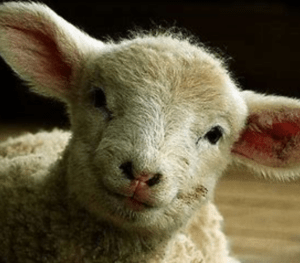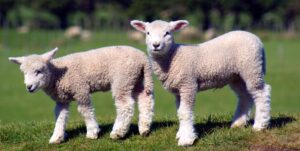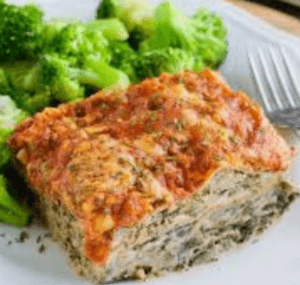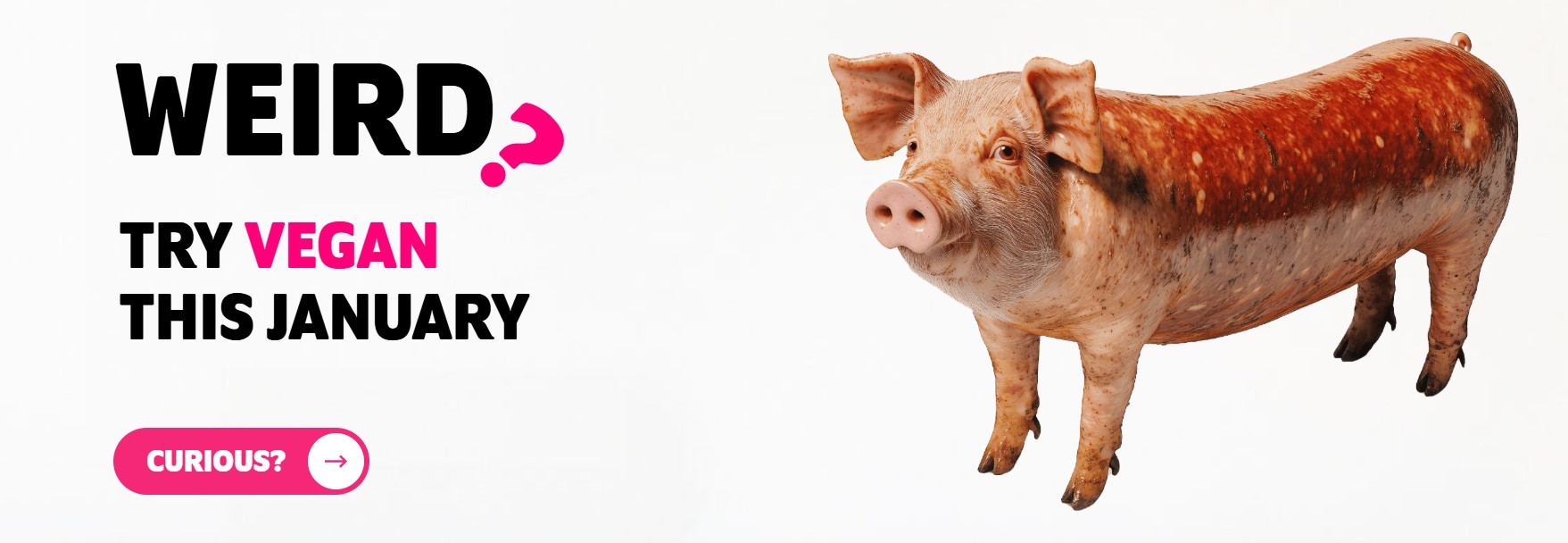
Easter is a Christian celebration, to remind us of the sacrifice God made for the sins of mankind.
When it comes to this gathering of loved ones for such a special occasion, just remember the following: A global average of 110lb (50kg) of greenhouse gases is released per 3.5oz of protein. The highest environmental footprint is BEEF followed ( about 50% less but still the number 2 in environmental footprint ) by LAMB/ MUTTON.
Lamb production plays a crucial role in some countries’ agriculture and contributes significantly to their economy. However, it also has environmental impacts that need careful consideration. Let’s delve into why understanding and addressing these impacts are essential:
- Greenhouse Gas Emissions: Lamb production contributes to greenhouse gas emissions, primarily methane. These emissions contribute to climate change and global warming. By understanding and mitigating these impacts, we can work toward a more sustainable future1.
- Soil, Water, and Air Quality: Lamb farming affects soil health, water quality, and air quality. Soil erosion, nutrient leaching, and ammonia emissions are some of the consequences. Addressing these impacts ensures the long-term health of our ecosystems1.
- Biodiversity and Land Use: Lamb production can impact biodiversity by affecting habitats and ecosystems. Additionally, land use for sheep farming needs to be managed sustainably to prevent overgrazing and habitat destruction1.
- Resource Efficiency: Efficient resource use is crucial. Water and energy consumption in lamb production, from on-farm activities to the entire product life cycle, must be optimized. This includes energy used for production, shipping, and storage of farm inputs1.
- Conservation and Social Benefits: Despite the environmental challenges, there are potential benefits. Conservation efforts, rural community support, and environmental stewardship schemes are part of the positive impact of lamb production1.
- Future Food Security: As global populations increase, ensuring sustainable food production becomes critical. By addressing environmental impacts, we contribute to long-term food security and a healthier planet1.
In summary, understanding and managing the environmental impact of lamb production are vital steps toward sustainable food systems and a healthier environment1.
Watch this for more information:

Cows and lambs contribute significantly to our environment, but their impact is not always positive. Let’s explore why:
- Methane Emissions: Cows and other ruminant animals (such as sheep and goats) emit methane during digestion. This process, known as enteric fermentation, occurs as they break down grasses and plants in their stomachs. The methane released from their burps is a potent greenhouse gas that contributes to global warming. In fact, more than 40% of livestock’s climate footprint comes from methane emissions, primarily from beef and dairy cattle1.
- Land Use Change: The world’s 1.5 billion farmed cows occupy a significant amount of land. Unfortunately, much of this land has been converted from forests, which are natural carbon sinks. The deforestation associated with creating pasture for cattle contributes to land-use change emissions2.
- Resource-Intensive Red Meat: Lamb, another ruminant, has a high environmental impact. For every kilogram of lamb meat consumed, there are approximately 22.9 kilograms of emissions. Red meat, including lamb, is particularly resource-intensive and damaging to the environment3.
- Inefficient Conversion: Compared to sheep’s live weight, lamb produces less edible meat. This inefficiency contributes to its environmental impact. In contrast, chicken and turkey have a lower environmental footprint because they convert feed more efficiently4.
- Immediate Opportunities: Reducing methane emissions from cows and lambs is seen as one of the most immediate opportunities to combat global heating. Strategies include using alternative feeds for cattle, minimizing food loss and waste, and reducing meat and dairy production. Shifting away from outsized meat and dairy industries is crucial, especially in high-income countries1.In summary, while cows and lambs play essential roles in our food systems, their environmental impact calls for sustainable practices and awareness. Efforts to reduce emissions and promote more efficient resource use are vital for a healthier planet.

Also, something to keep in mind is the cruelty inflicted on these defenseless creatures.
Lambs are killed between 10 weeks and 12 months old. The usual life span is between 10-12 YEARS, and sometimes even up to 20 years old.
“Thou shalt not kill” must extend to all animals, including the lambs who are slaughtered for Easter dinners.
Following Pope Francis’ message of kindness for Lent, PETA has asked His Holiness to follow in the footsteps of St Francis of Paola, who took a vow of non-violence and refused to eat animals. In our letter to the pope, we asked him to encourage Catholics to extend the message of charity and compassion to all living beings by leaving animals off their plates this Easter.
Extend Compassion to All Animals
The Bible clearly states that God’s design for the world was one in which humans and other animals coexisted peacefully and that humans were caregivers – not killers. In Genesis 1:29, God says that the Earth’s seed-bearing plants and fruit “will be yours for food”, not that we should eat gentle baby sheep.
Before marking the resurrection of Jesus – the Lamb of God – by eating lambs, think of who your meal was.
Sheep are social and sensitive animals who feel pain, happiness, and fear just like we do. Similarly to you and me, when lambs experience stress or isolation, they show signs of depression by hanging their heads and avoiding positive actions. They also get scared when separated from their social group or approached by strangers.
Before they end up on our plates, lambs are packed onto lorries, often without food or water, for gruelling journeys to the abattoir. Just try to imagine how terrifying this experience is for them. Sheep can live for over ten years, but lambs are killed for their flesh at under six months old. At the abattoir, some lambs are still conscious and aware as workers cut their throats.
What You Can Do
Commemorate the resurrection with a merciful vegan meal that leaves God’s creation in peace.
Sign PETA’s vegan pledge and we’ll help you get started on your vegan adventure. We promise that it won’t feel like a sacrifice!
We’ll send you weekly meal plans, guides to the latest vegan options in UK supermarkets, quick and easy recipes, and ideas for delicious meals on a budget: ‘Thou Shalt Not Kill’ Must Extend to All Animals This Easter (peta.org.uk)

There are thousands of delicious, planet-friendly recipes to choose from, to make a wonderful feast!
Ingredients are available, and home delivered around Mauritius, on www.ecomauritius.mu












